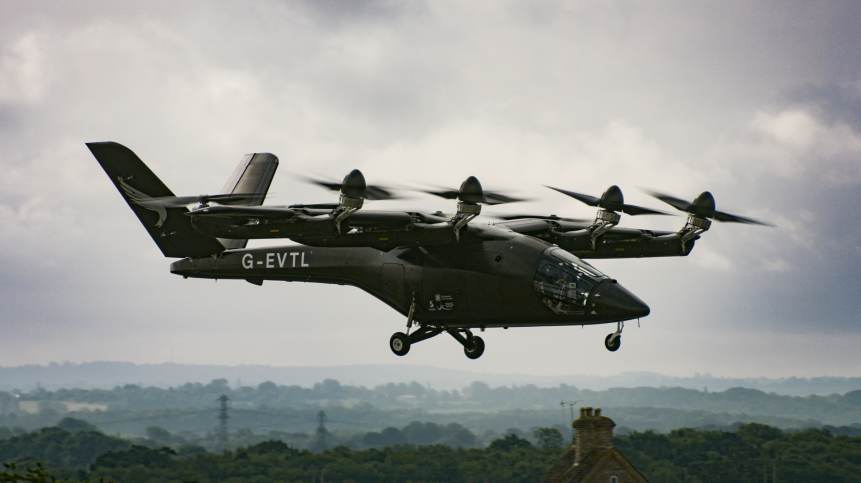
The VX4 is designed to carry a pilot and four passengers up to 100 mi. (161 km) at a top speed of 200 mph.
Credit: Vertical Aerospace
Vertical Aerospace has achieved the first battery-powered free flight of its VX4 electric-vertical-takeoff-and-landing (eVTOL) demonstrator, marking a milestone on the road to type certification for the Bristol, UK-based startup’s four-passenger air taxi. The first free flight of the VX4 took off...
Subscription Required
This content requires a subscription to one of the Aviation Week Intelligence Network (AWIN) bundles.
Schedule a demo today to find out how you can access this content and similar content related to your area of the global aviation industry.
Already an AWIN subscriber? Login
Did you know? Aviation Week has won top honors multiple times in the Jesse H. Neal National Business Journalism Awards, the business-to-business media equivalent of the Pulitzer Prizes.





